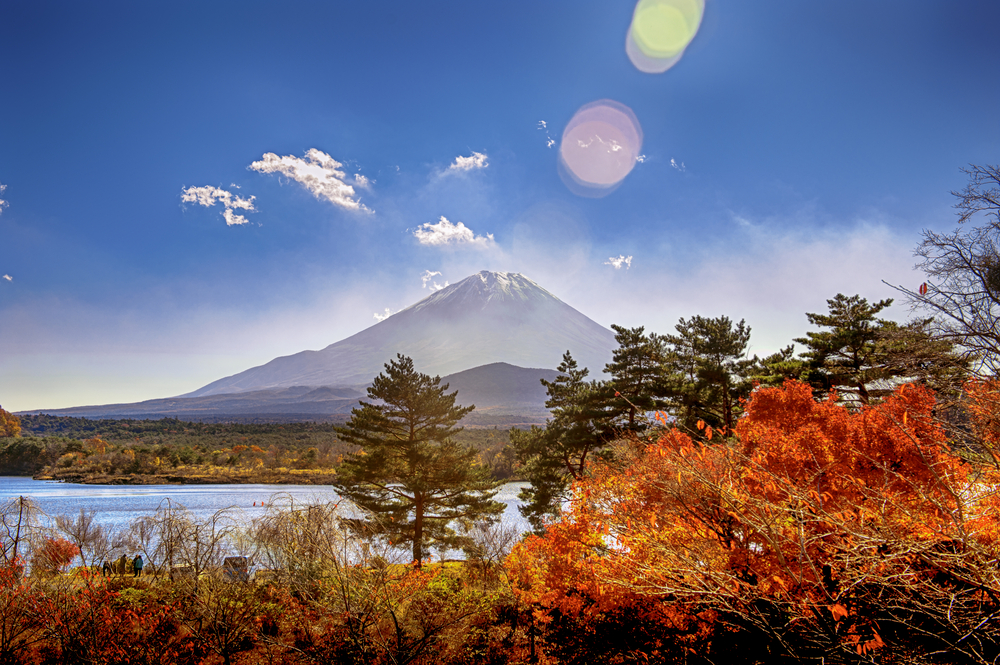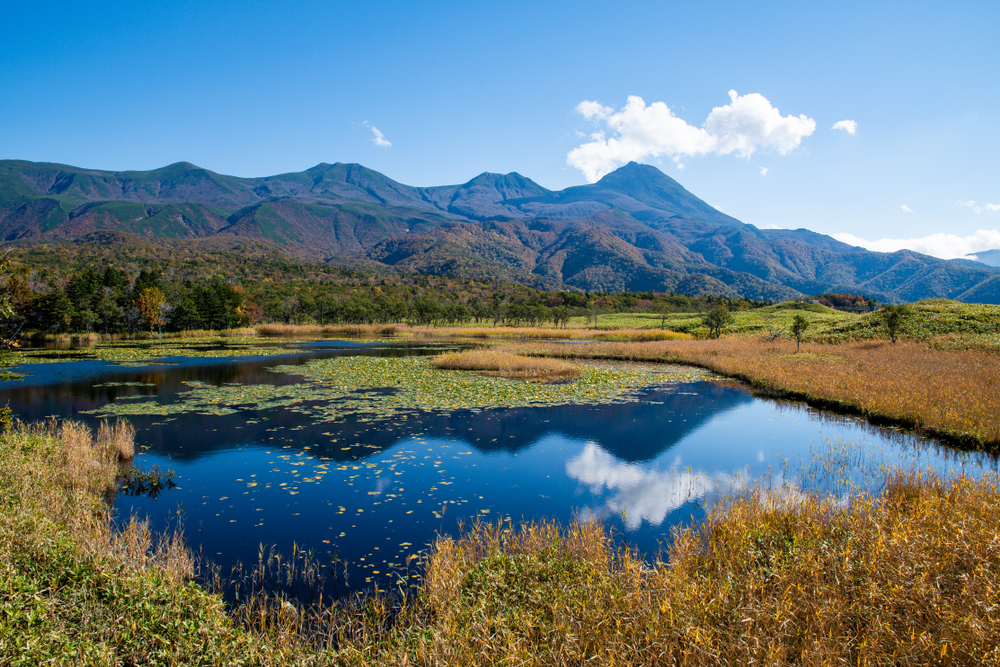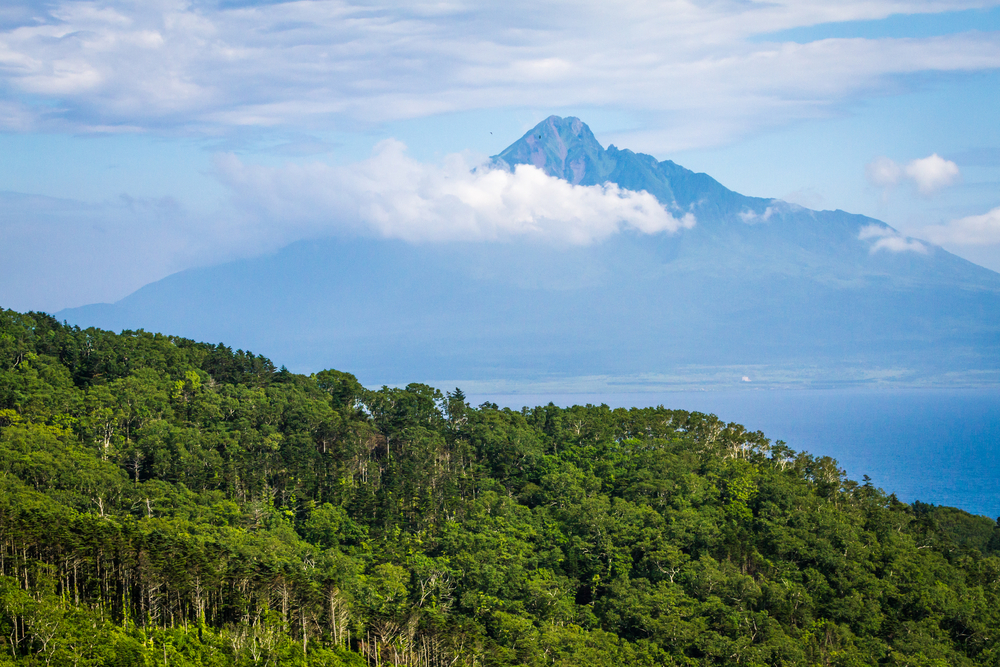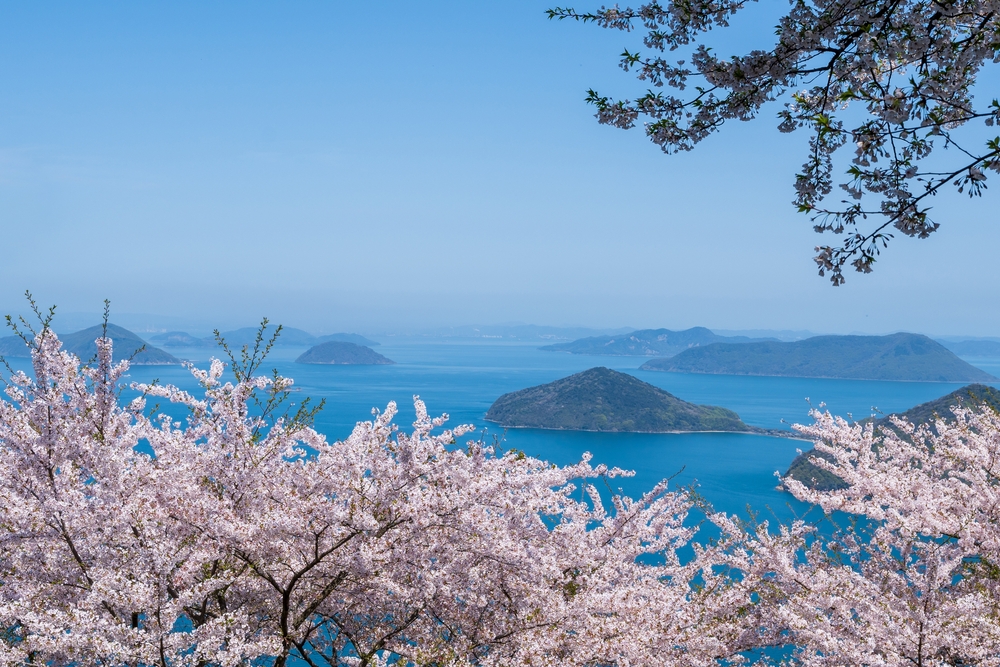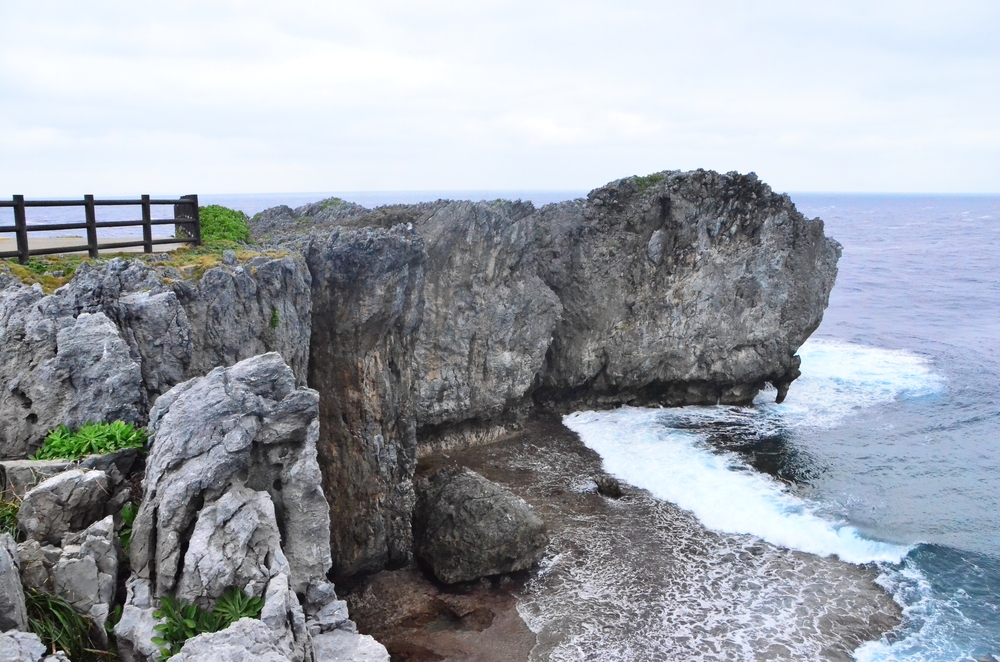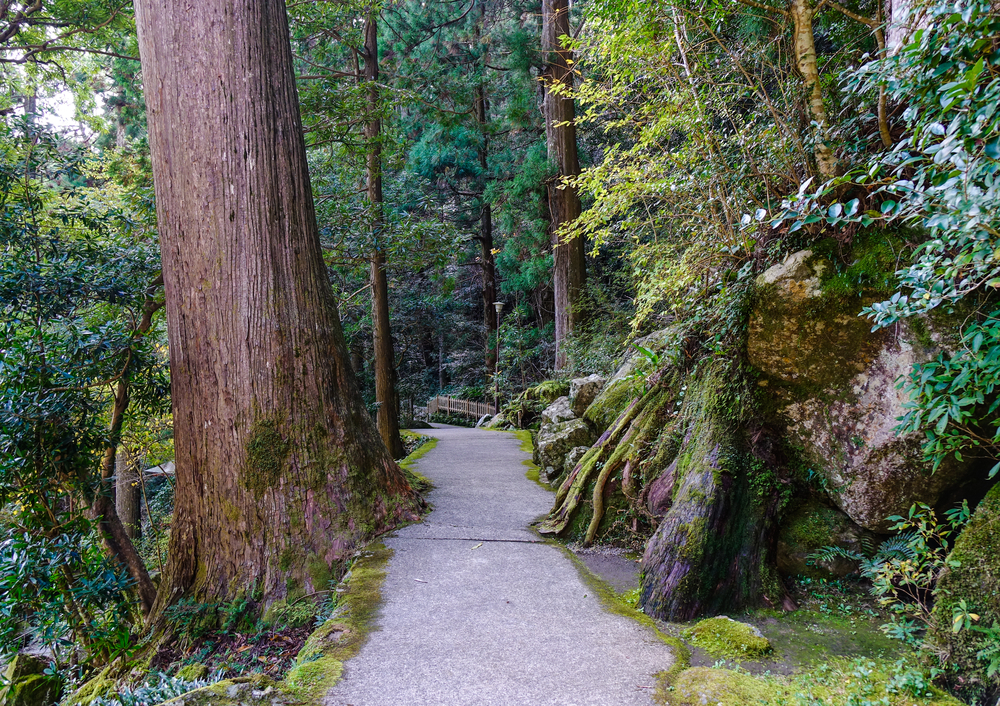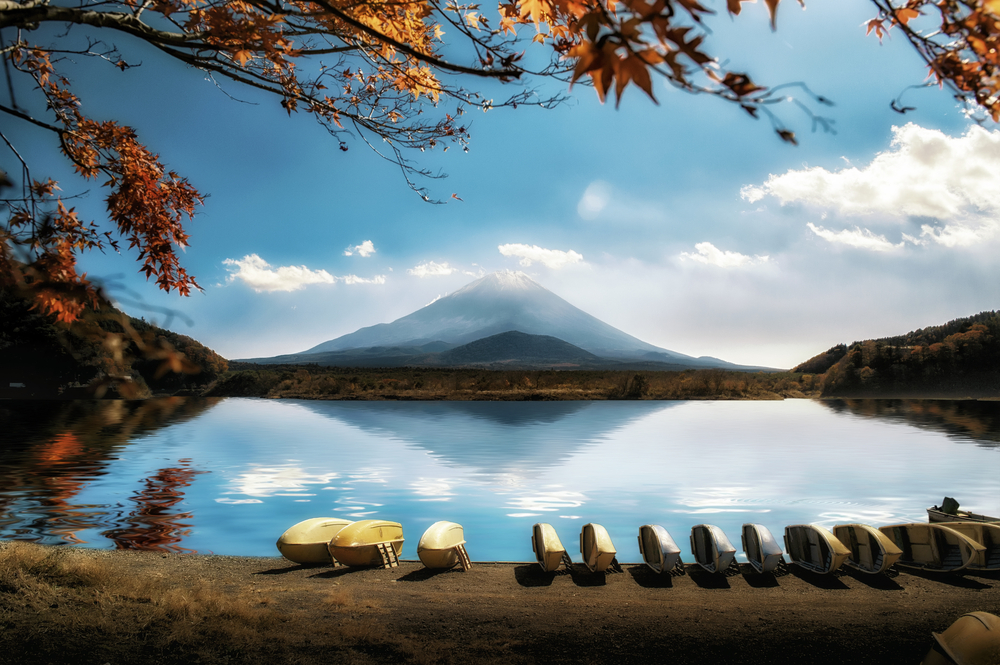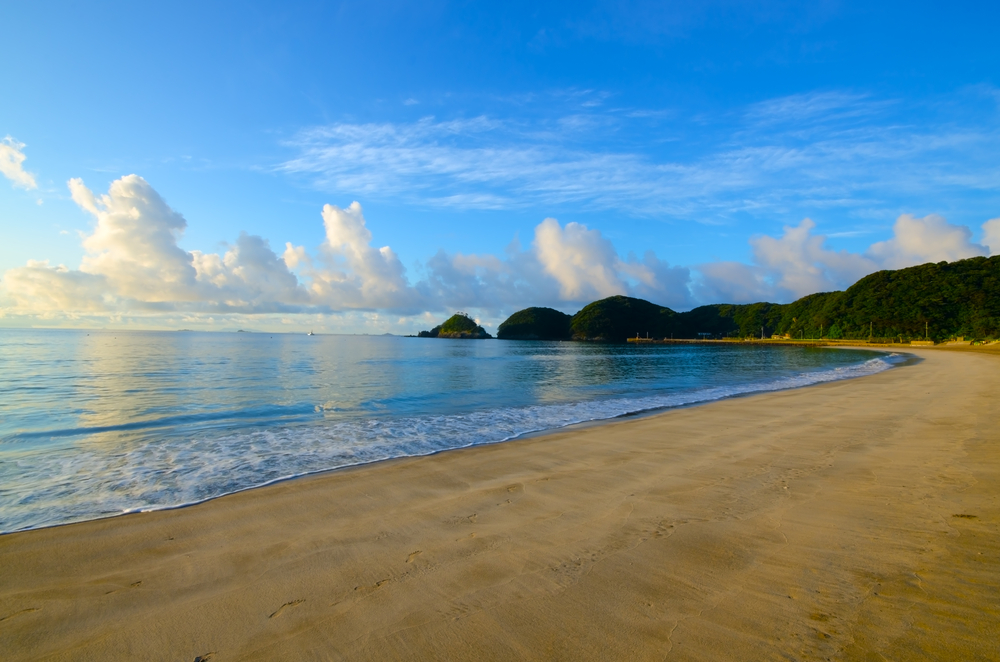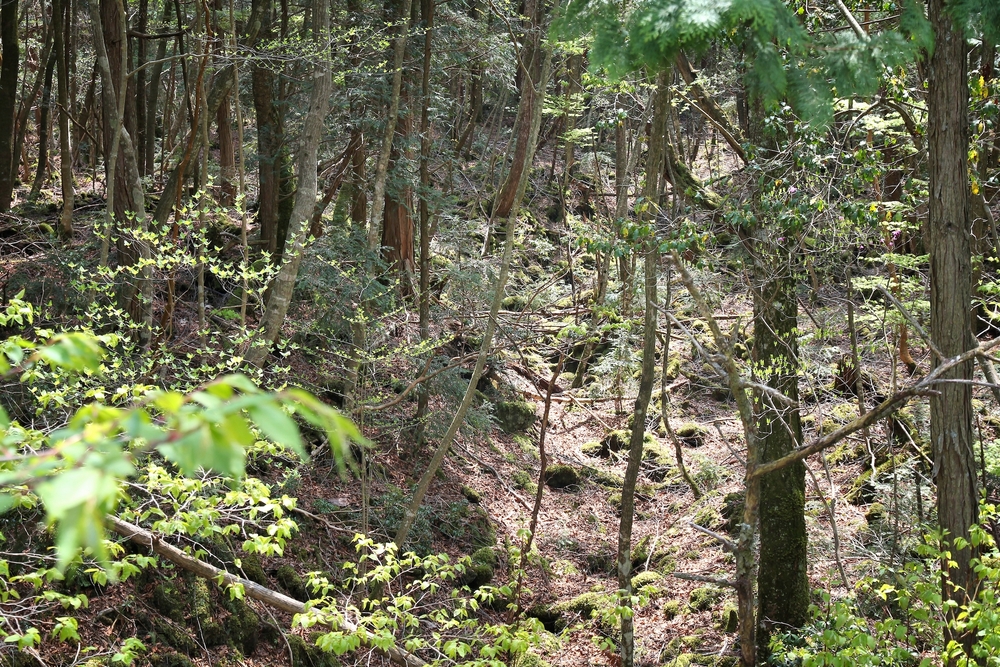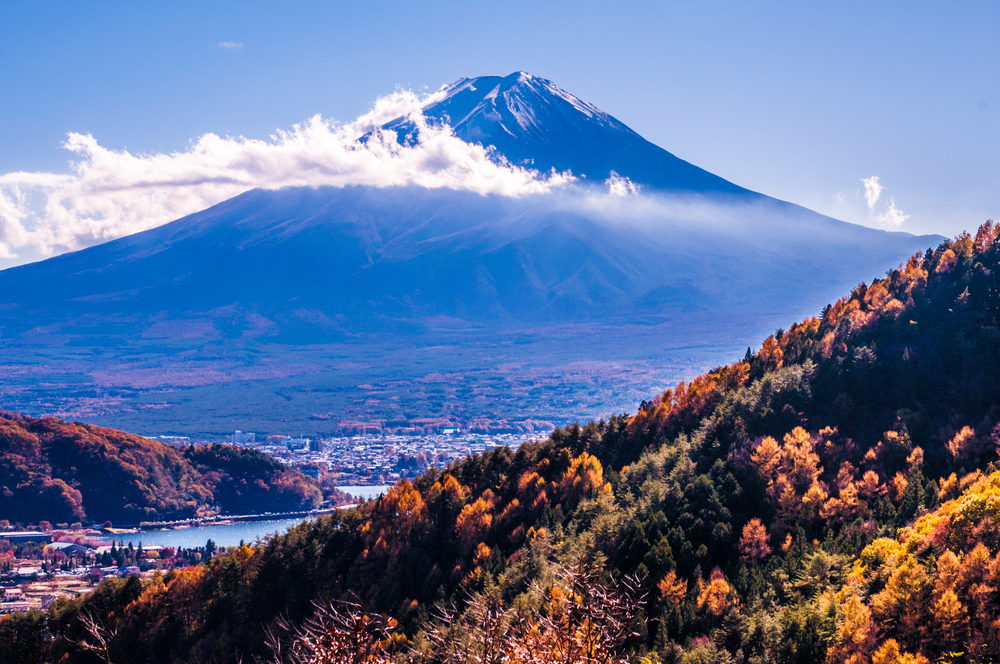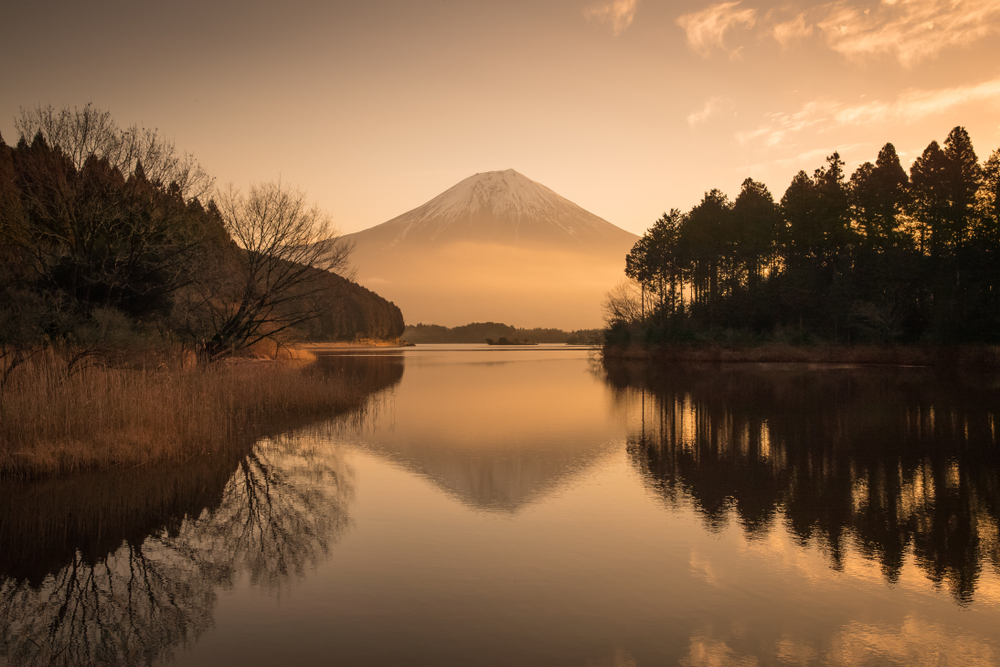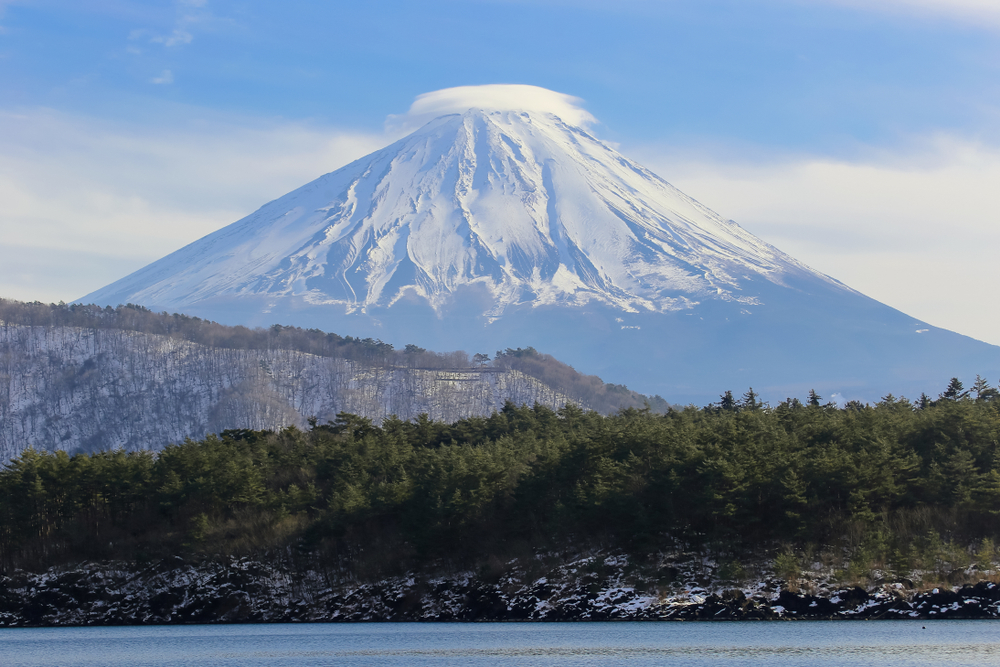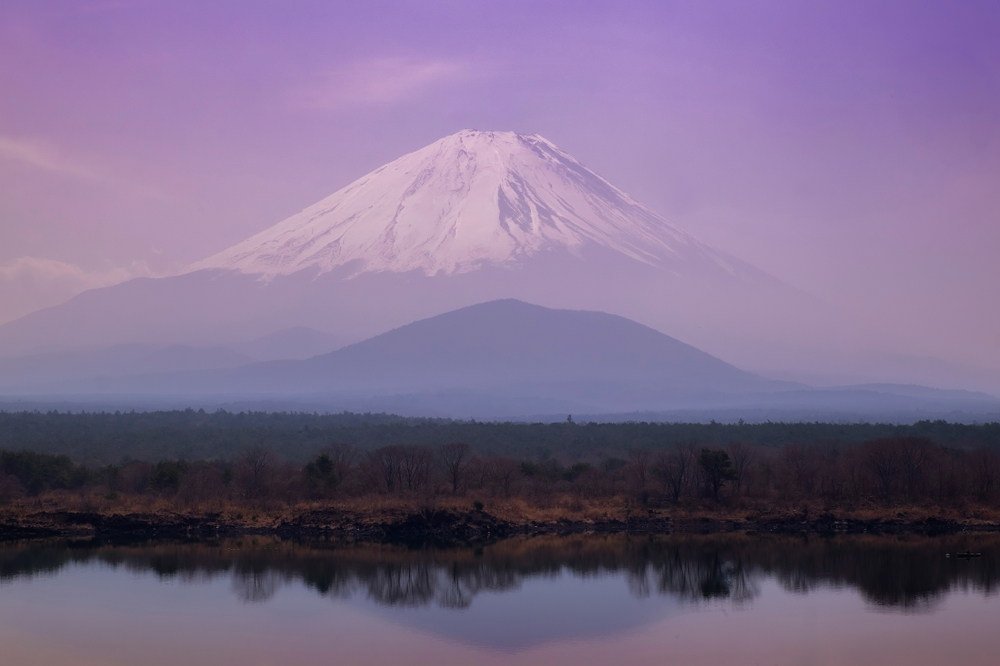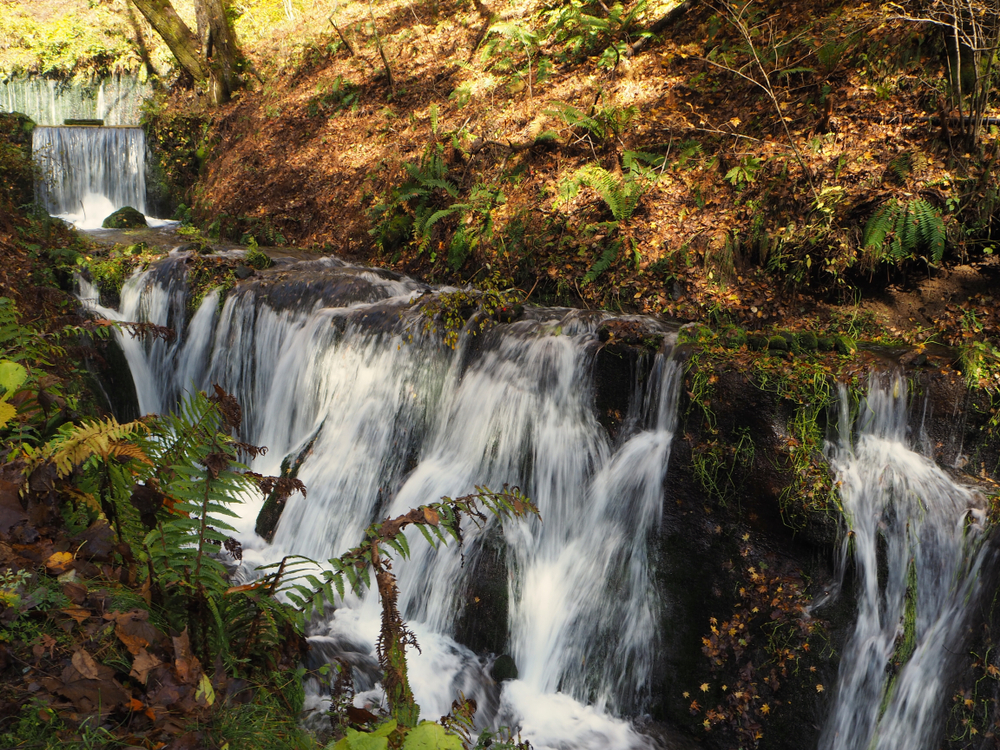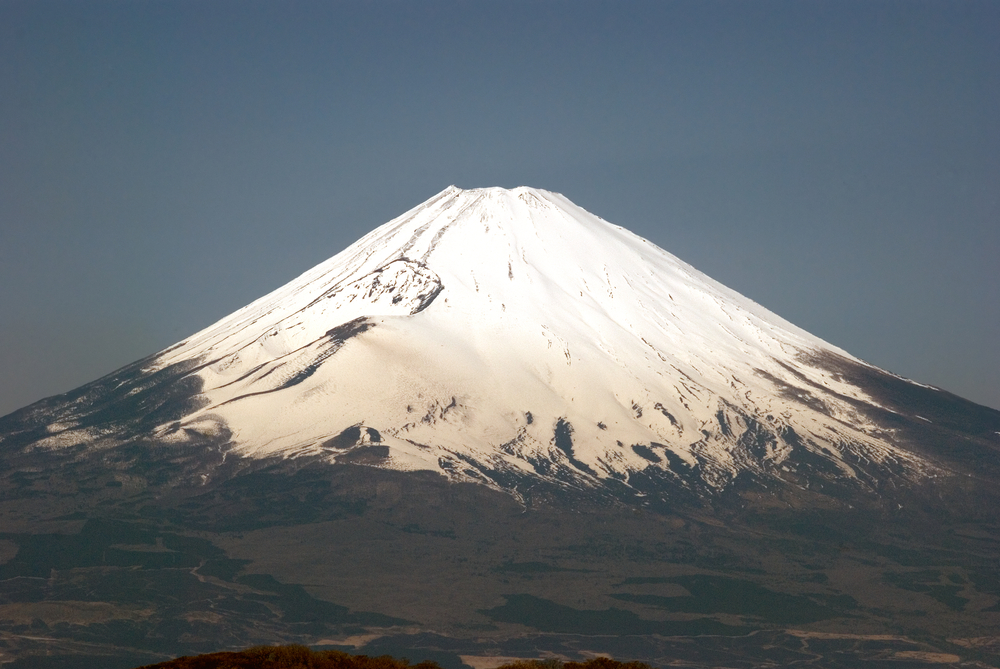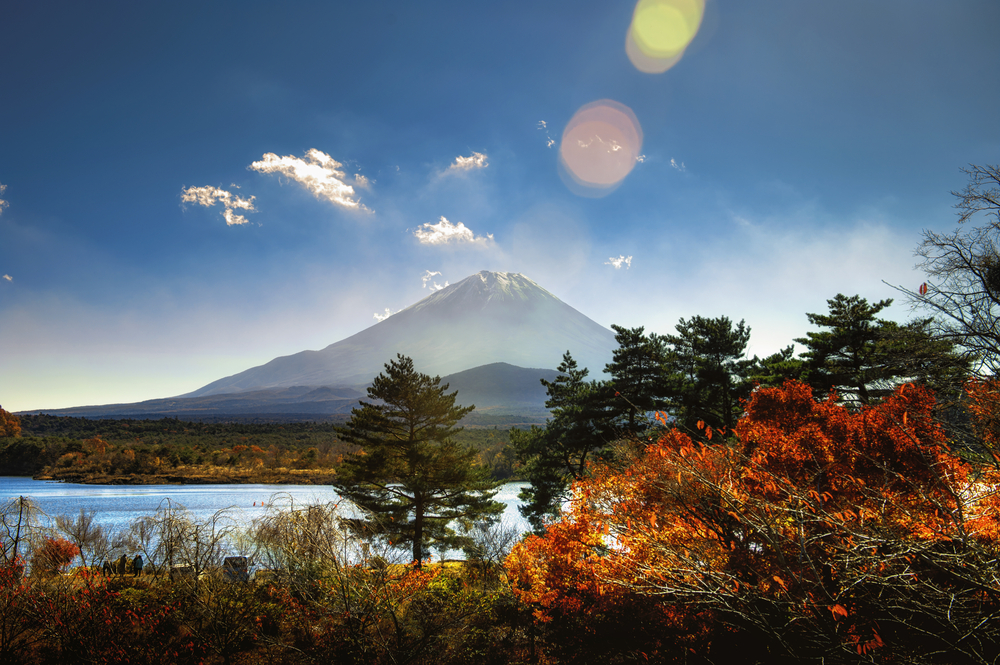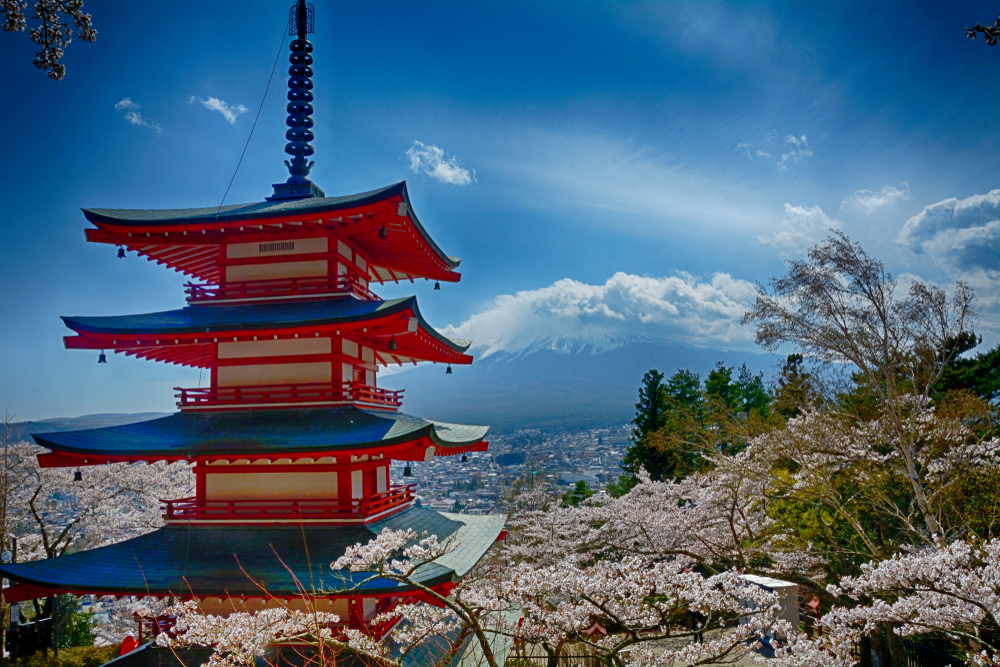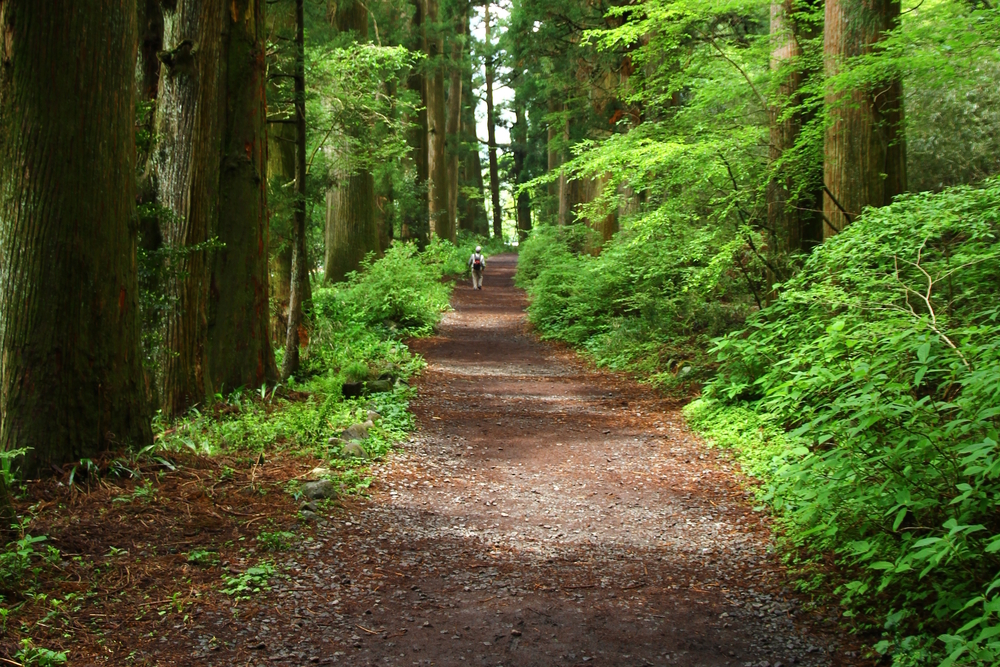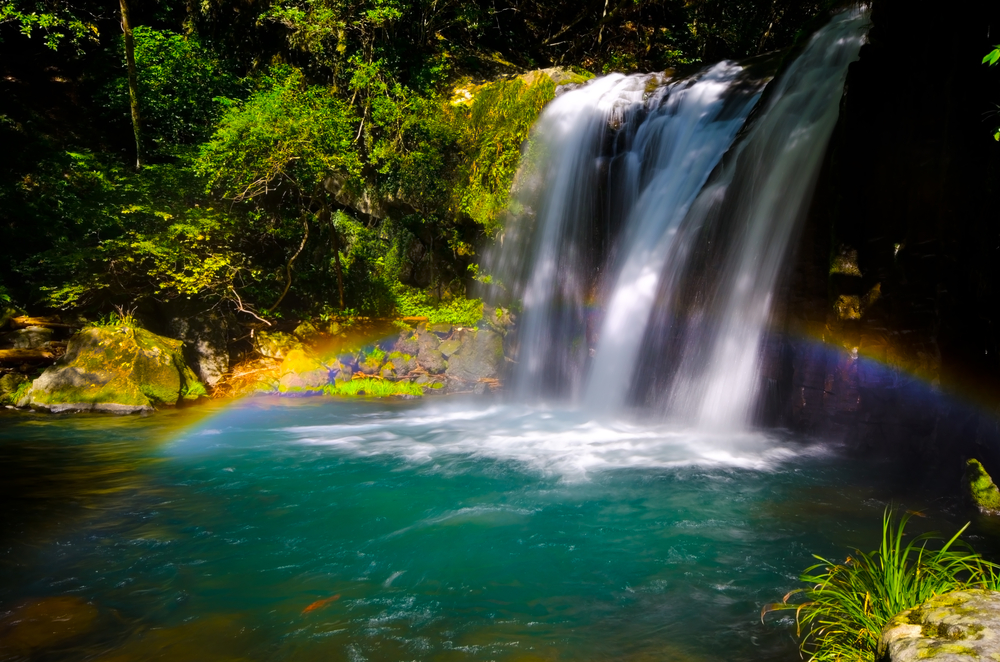Popular
The Fuji-Hakone-Izu region, nestled in Japan’s Honshu Island, is teeming with diverse wildlife, beyond its iconic avian inhabitants.
Among the most renowned species is the Japanese macaque (Macaca fuscata), or snow monkey, known for its distinctive red faces and hot spring bathing behavior.
Here is a quick glimpse into several other popular or intriguing species:
Japanese macaque (Macaca fuscata): As noted above, they are known for their red faces and hot spring bathing behavior, Japanese macaques are highly social primates found in various habitats across Japan, including forests and mountains.
Japanese serow (Capricornis crispus): These sure-footed ungulates are often found on mountainsides, featuring a rugged appearance with thick fur and distinctive backward-curving horns.
Japanese giant salamander (Andrias japonicus): This captivating amphibian inhabits the region’s rivers, known for its large size, mottled skin, and unique appearance reminiscent of prehistoric creatures.
Japanese black bear (Ursus thibetanus japonicus): Roaming the forests of the region, the Japanese black bear is a subspecies of the Asian black bear, characterized by its black fur and crescent-shaped chest patch.
Sika deer (Cervus nippon): Graceful deer commonly seen in the woodlands, Sika deer are known for their spotted coats and distinctive calls during mating season.
Izu goby (Gymnogobius isaza): This fish species thrives in the region’s waterways, featuring a slender body and vibrant coloring, often found in freshwater rivers and streams.
Japanese freshwater crab (Geothelphusa dehaani): These crabs are a common sight in the rivers of the region, characterized by their small size, burrowing behavior, and intricate shell patterns.
Japanese raccoon dog (Nyctereutes procyonoides viverrinus): Often spotted foraging in forests, Japanese raccoon dogs are small canids with distinctive facial markings and a bushy tail.
Japanese marten (Martes melampus): A small mammal seen in forested areas, the Japanese marten has a sleek body, sharp claws, and a carnivorous diet primarily consisting of small rodents.
Japanese grass lizard (Takydromus tachydromoides): This reptile species is commonly found in the region, featuring a slender body, long tail, and the ability to quickly dart through grassy habitats.
Japanese giant hornet (Vespa mandarinia japonica): Large hornet species present in the area, known for their aggressive behavior and potent sting, making them both feared and respected in local ecosystems








































































